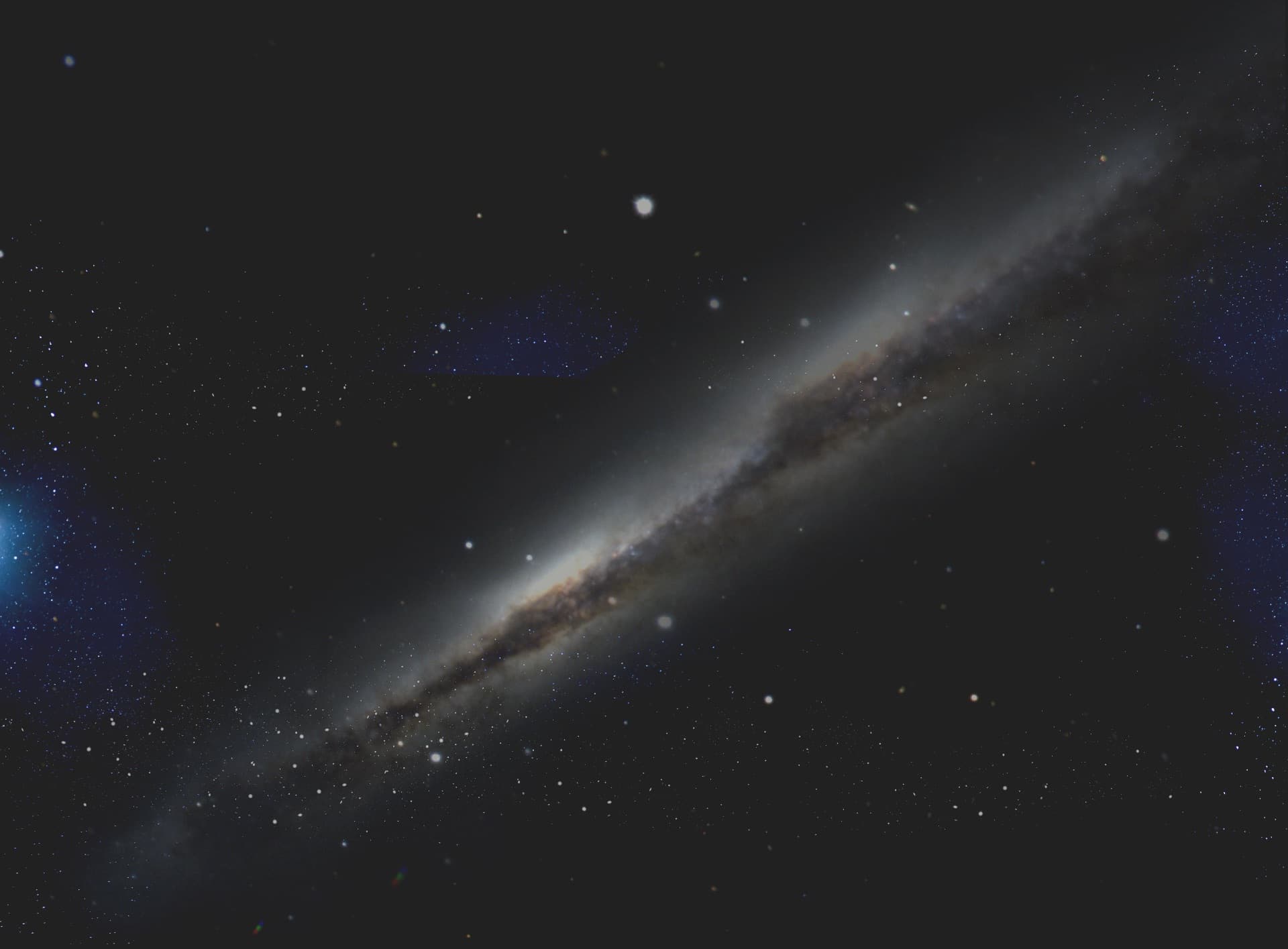- Article
- 460 words
- Level: all audiences
This brief 2009 article, written by John Norton and published in Our Sunday Visitor Newsweekly, provides a short introduction to the Vatican Observatory.
Sneaking a visit inside the Vatican Observatory
The Church played a significant role in the advance of astronomy.
John Norton OSV Newsweekly
I spent Christmas 1989 with two college friends in Castel Gandolfo, a small town outside Rome best known as the site of the pope’s summer residence — and, less so, as the headquarters of the Vatican Observatory.
We ended up there because a friend knew a family named the Buccis who owned a small and very inexpensive hotel in Castel Gandolfo. So there we set up camp for two weeks, making daily forays by train into Rome, and drawn back each night by Mama Bucci’s cooking. Twenty years on, I still get hungry at the thought of her white lasagna.
Another regular mouth at Mama Bucci’s table belonged to an Italian Jesuit named Father Sabino Maffeo, and who worked as vice-director of the Vatican Observatory. I don’t remember if he offered or if we asked first, but we found ourselves one late afternoon being let through the massive gates of the papal residence by plainclothes Vatican security guards (showier uniforms being reserved only for when the pope was present).
Father Maffeo took us through what seemed like a maze of circular staircases. The observatory offices were predictably underwhelming. I have a vague memory of musty cabinets and maybe seeing a meteorite or two, and a sharper one of being served cookies and a Fanta from the papal fridge.
Even then, probably mostly because Castel Gandolfo’s nighttime sky is no longer as dark and star-filled as it used to be, the observatory’s aged telescopes were no longer in regular use. That function has moved to a new Vatican Observatory facility on an Arizona mountaintop.
But it was particularly striking to see telescope domes — which cannot help but look modern and futuristic — atop a residence that sits on grounds strewn with columns, massive flagstones and foundation fragments of a first-century Roman emperor’s summer villa. It was easy to imagine that emperor 2,000 years ago looking up at the sky and marveling at the multitude of stars.
Then somewhere in that same part of the world, about 400 years ago, an Italian mathematician named Galileo Galilei fashions a crude telescope (with less power than a cheap pair of modern binoculars) and aims it at the sky, seeing unimagined elements of the sky for the first time in human history.
And then there we were, standing on first-century ruins in the shadow of a Vatican telescope, looking up into a sky laced with man-made satellites, at a moon whose surface now bears the marks of bootprints.
The Church played a significant role in the advance of astronomy. Read more in our In Focus section starting on Page 9. To make the pictures look even better, we decided to use white paper. I hope you enjoy it.
As always, I look forward to hearing from you at the address below or at feedback@osv.com.
